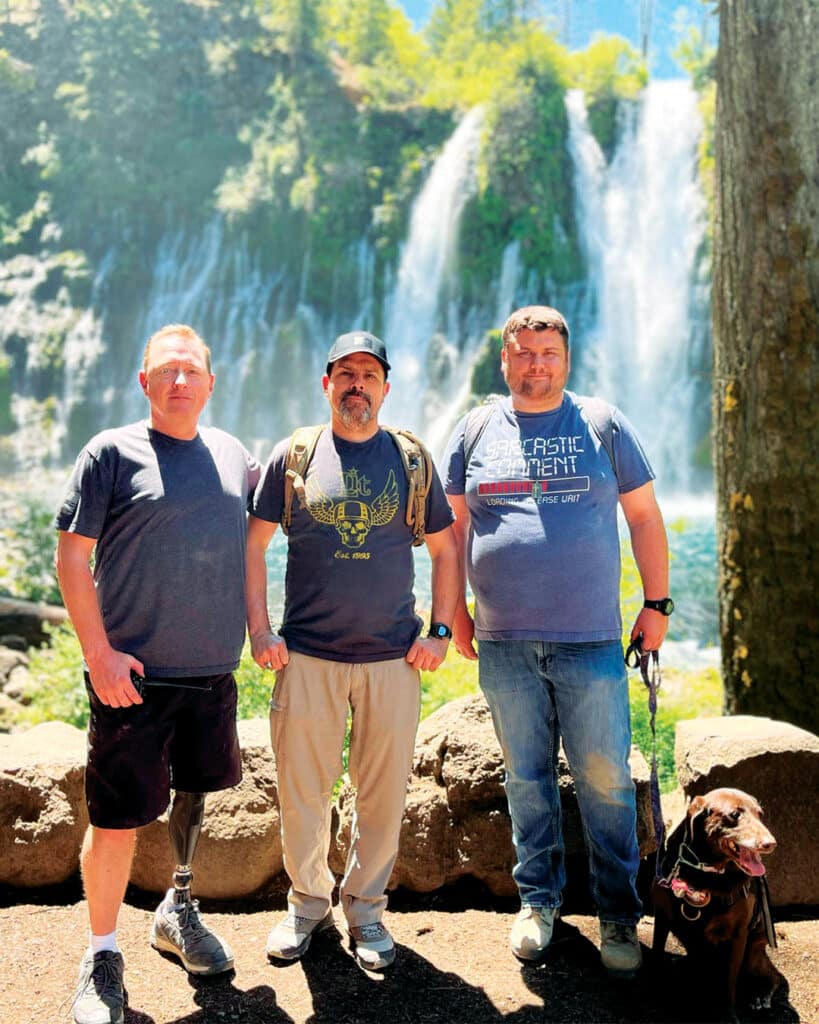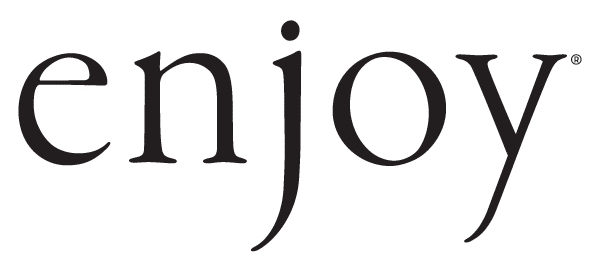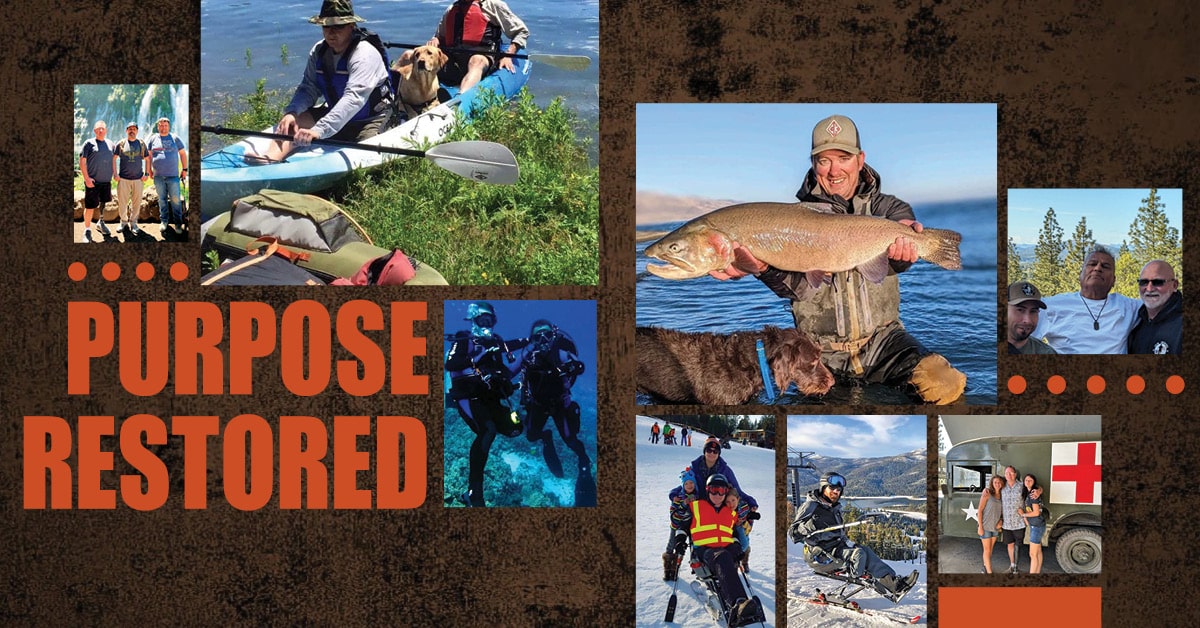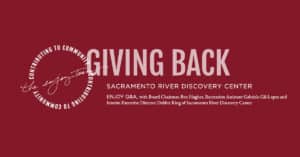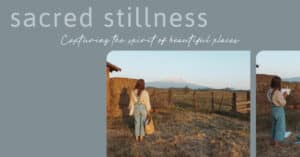Purpose Restored
Justin Bond’s Mission to Heal America’s Heroes…
On Good Friday in April 2004, Sergeant Justin Bond’s life changed in an instant. In the chaos of Fallujah, Iraq, the young combat engineer from Hanford was struck by gunfire – an AK-47 round tearing through both knees and costing him his left leg. Severely wounded, Bond was pulled from the battlefield by his platoon and medically evacuated home. But the true battle was only just beginning.
Bond would undergo more than 40 surgeries. Yet it wasn’t just his physical injuries that left deep scars. Like thousands of other veterans, he returned home to face a silent war: one fought in hospitals, in homes, and often, in the solitude of one’s mind.
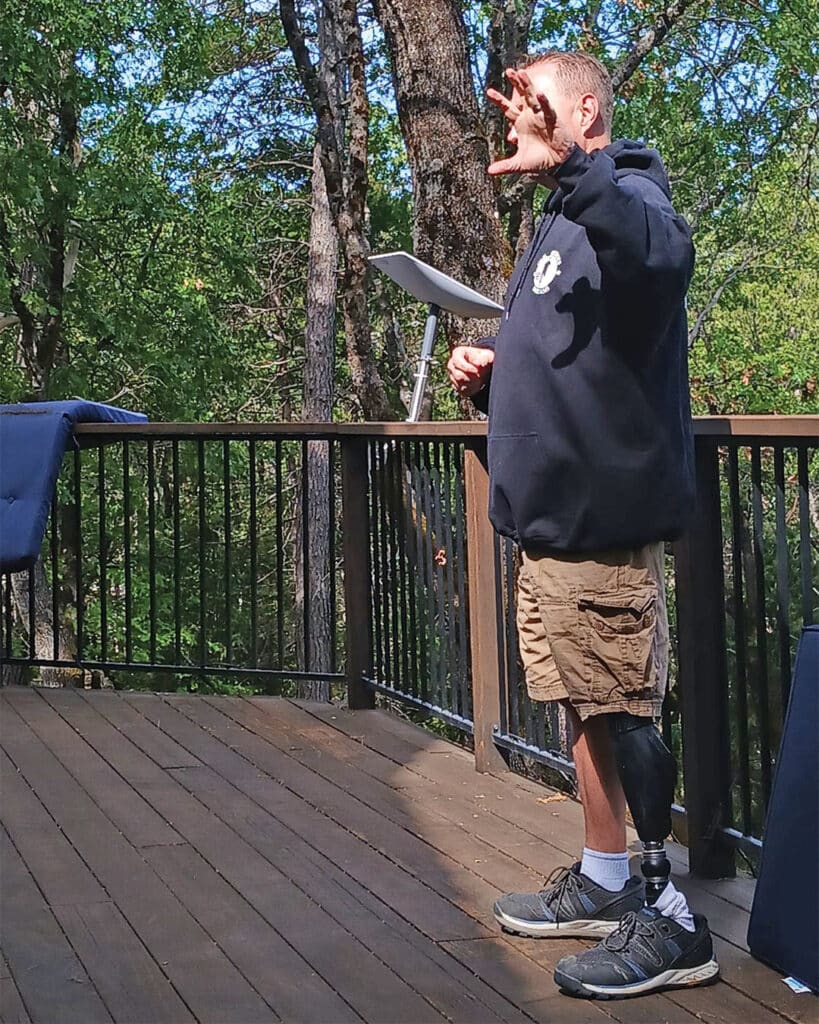
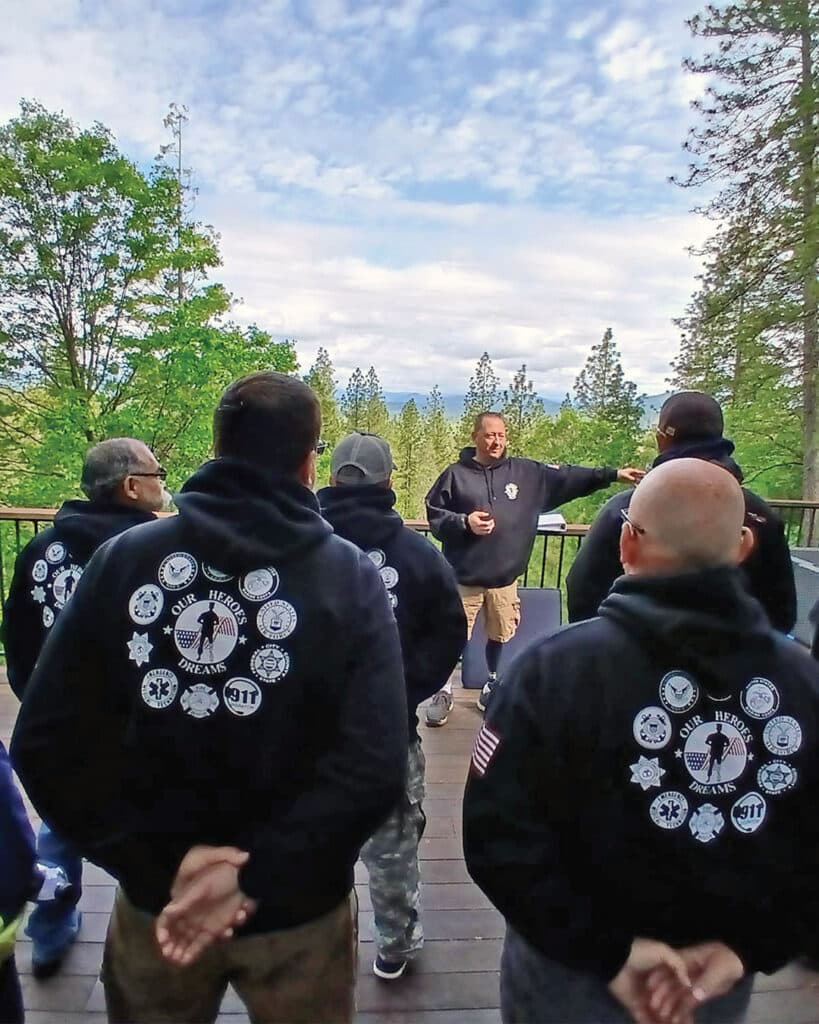
“When I returned home in 2005, I knew 11 friends who had committed suicide,” Bond recalls. “That number was too high. I couldn’t sit back anymore. I had to do something.”
That “something” became Our Heroes’ Dreams – a nonprofit organization born out of Bond’s determination to help fellow veterans, first responders, peace officers and Gold Star families find purpose and healing after service. Launched in 2012, the all-volunteer organization now operates year-round programs that have helped hundreds of individuals and families.
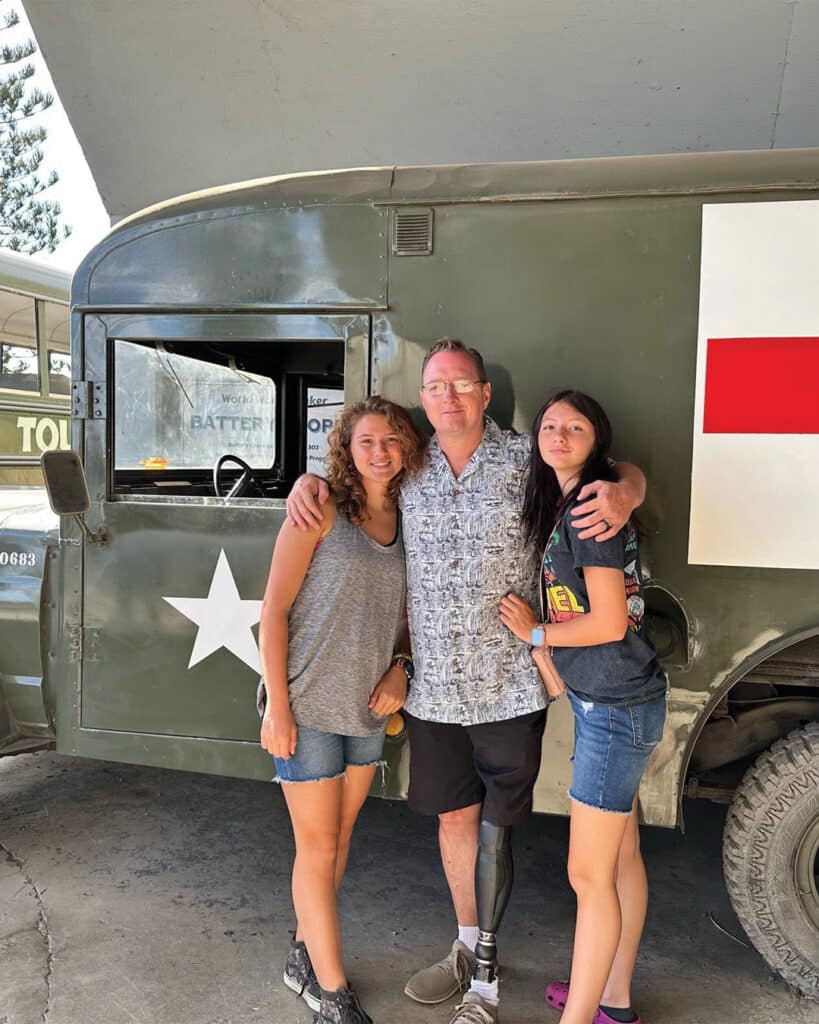
At the heart of Our Heroes’ Dreams is the truth that trauma cannot be healed in isolation. Bond and his team have created a four-phase recovery program that gets veterans “off the couch and back into their family unit.” The final phase is the most important: helping each participant discover a new mission in life.
“In the military, you’re trained to fight, to survive, to protect,” Bond explains. “But when you’re discharged, nobody teaches you how to turn that switch off and live as a civilian again. That’s where we come in.”
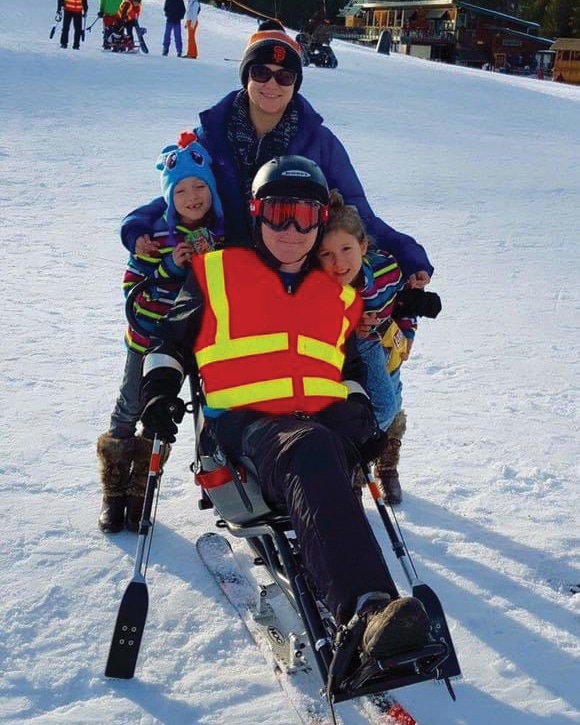
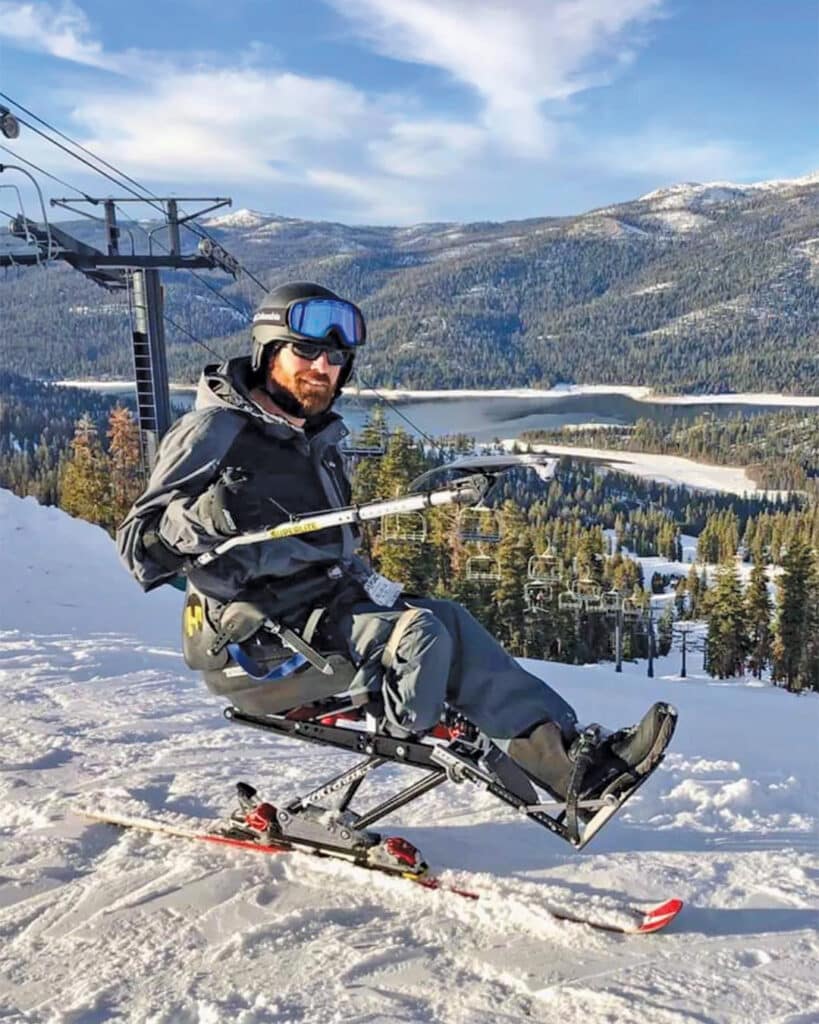
The organization runs monthly Healing Retreats at its facility in Oak Run, which has become a sanctuary for those struggling with post-traumatic stress disorder, traumatic brain injuries, military sexual trauma and depression. Attendees are guided through physical, emotional and spiritual exercises – some for the first time since returning from service.
“Humans are not meant to sit idle,” Bond says. “When you give someone a mission, the pills go away. The nightmares ease. The purpose comes back.”
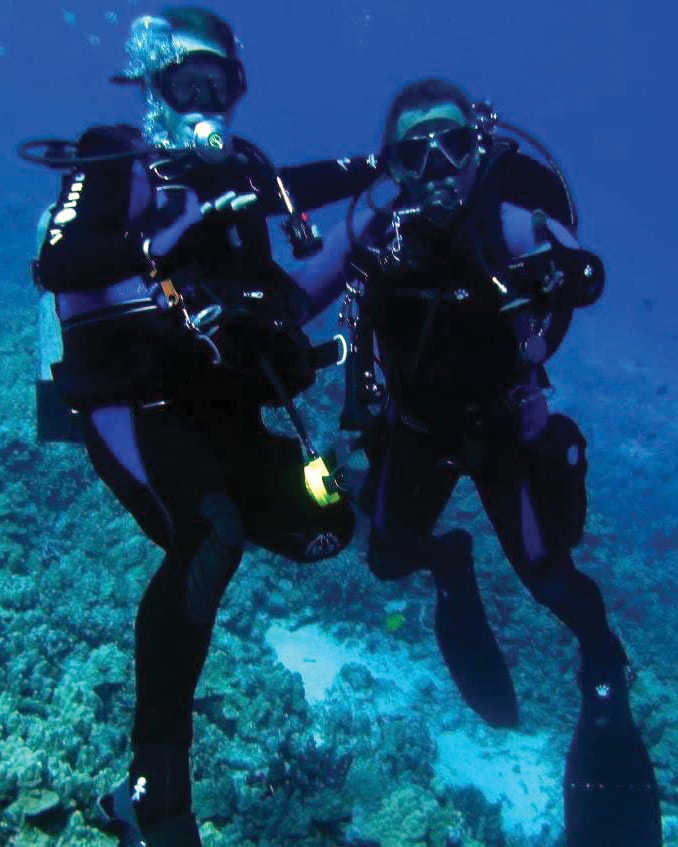
The organization’s flagship site, Camp Freedom, is located in the rolling hills about 23 miles east of Redding. Bond has big plans for its expansion: 26 cabins, multiple service buildings, and enough space to eventually support 80 veterans and families per month.
Currently, Our Heroes’ Dreams helps about 20 warriors monthly. But the demand is growing. Adjacent land is for sale, and Bond hopes to purchase it to expand capacity, making Camp Freedom the largest reintegration center of its kind in the United States.
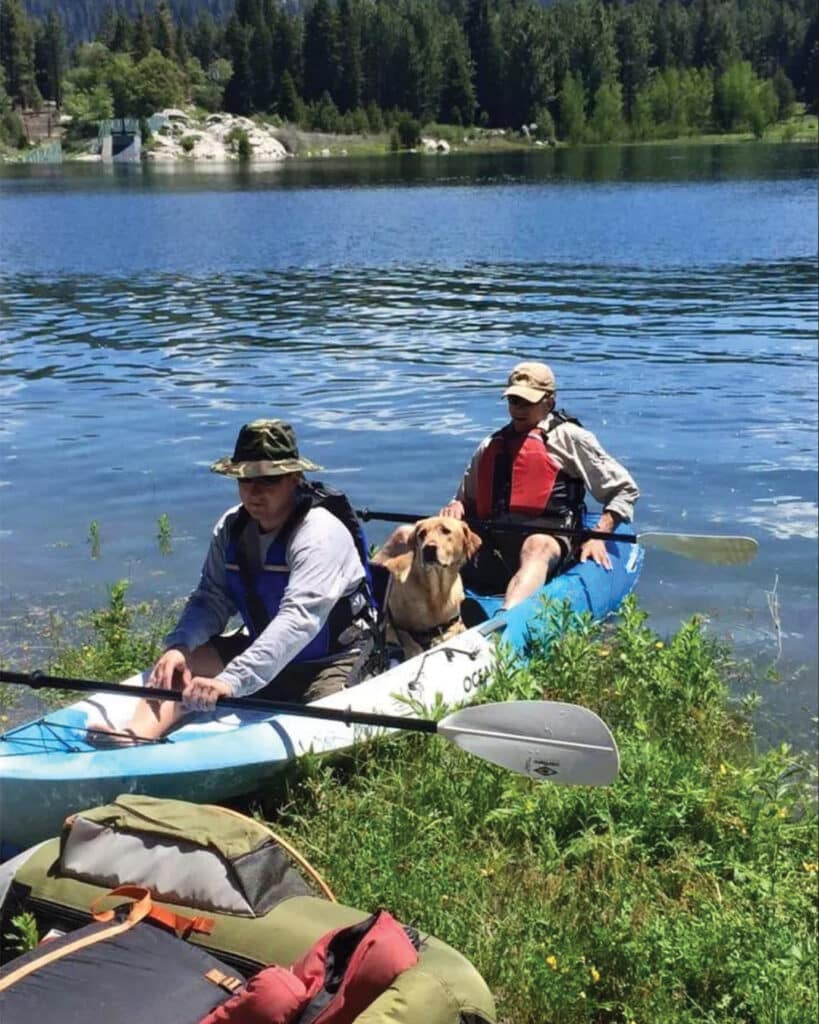
One of the most unique elements of the program is its inclusion of family members in the healing process. “You can’t heal a warrior without healing the family unit,” Bond says. “When you’re in the military, your squad is your lifeline. At home, your family is your squad. You’d die for your squad. Now you need to fight for your family.”
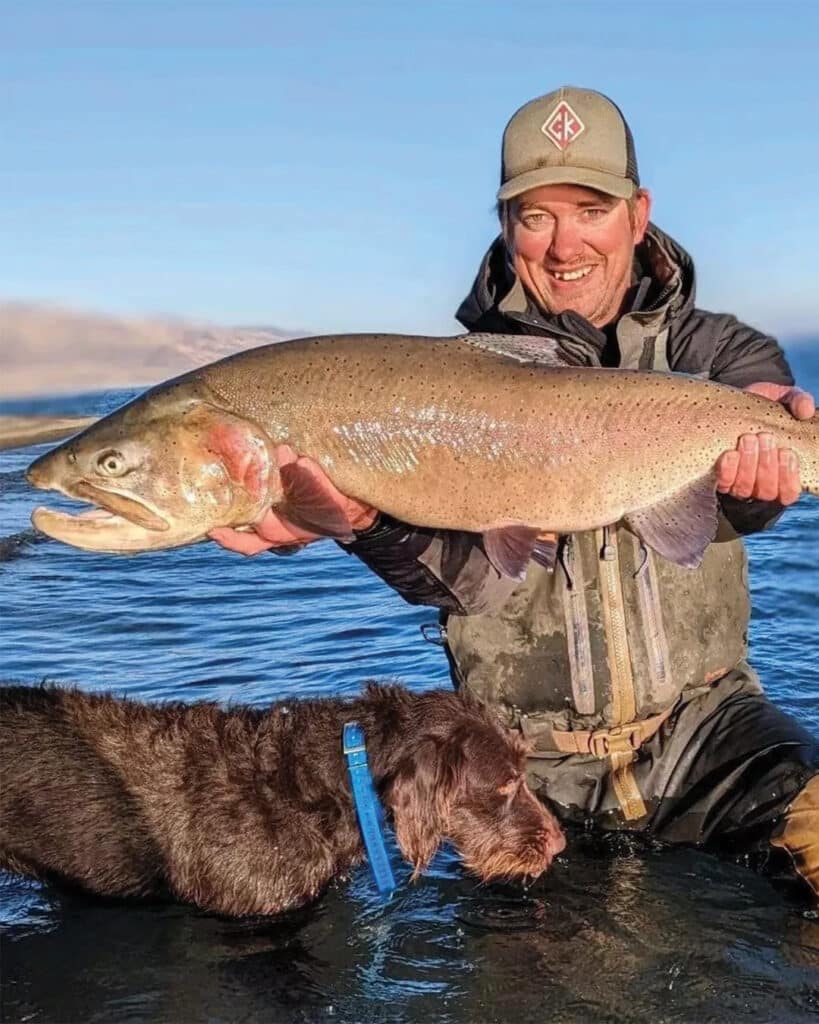
The retreats include training on how to navigate PTSD as a family, how to recognize trigger points, and how to use “code words” to de-escalate emotional episodes. Families leave with new tools – and a renewed sense of unity.
Bond is no stranger to pushing physical limits to raise awareness. He once bowled 1,000 games over nearly four days. He later rode a Segway from Monterey, California, to Jacksonville, Florida, covering more than 3,000 miles in 60 days. In another journey, he traveled by motorized wheelchair from Canada to Mexico and back to Fresno.All of these efforts were driven by a single goal: saving lives.
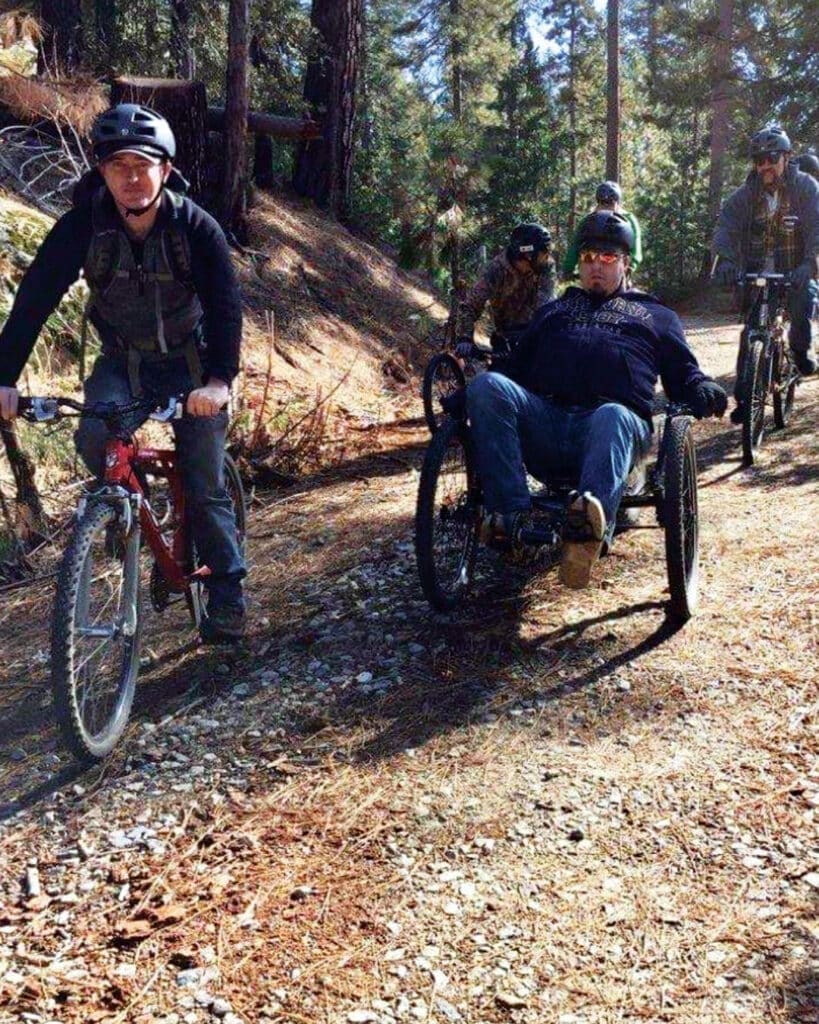
“Over 20 years of war in Iraq and Afghanistan, we lost about 7,000 troops in combat,” Bond says. “But we’re losing 16,000 veterans every year to suicide. That’s the deadliest battlefield we face.”
In fact, Bond spent years lobbying Congress to mandate full suicide reporting by all states. While progress has been made, current data still undercounts the crisis. According to a recent study, the real suicide rate among veterans is closer to 44 per day – double the oft-quoted figure of 22.
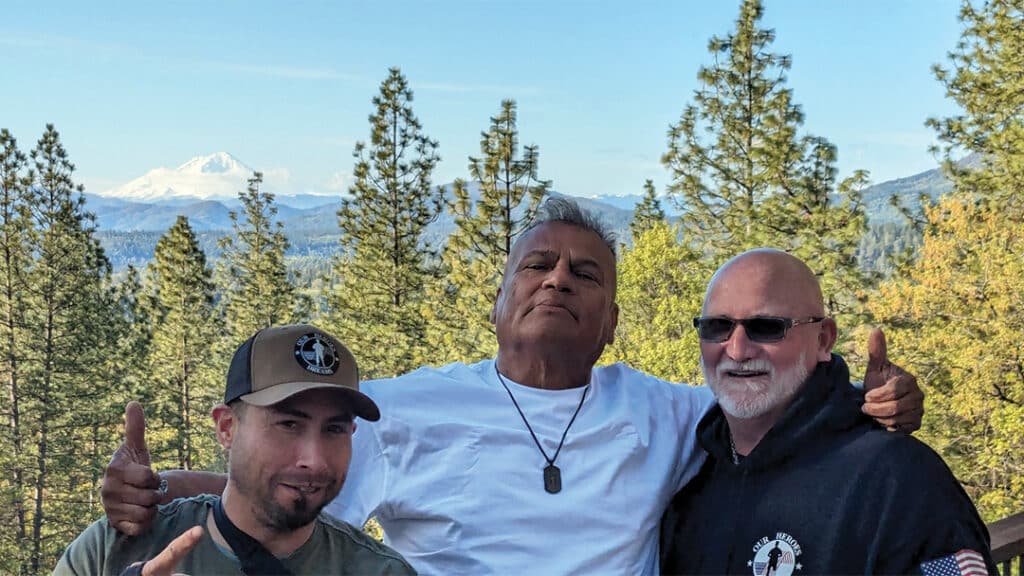
Bond’s next dream is to take the Our Heroes’ Dreams model national. The organization is preparing a trial program to be launched on military bases, using veterans who have already completed the program to mentor those transitioning out of service.
“We’re going to help these guys shut off the militaristic switch,” Bond says. “We’re going to help them build a new toolbox for civilian life.” It’s a model built on empathy, experience, and the understanding that while wars may end on paper, their impacts often echo for decades.
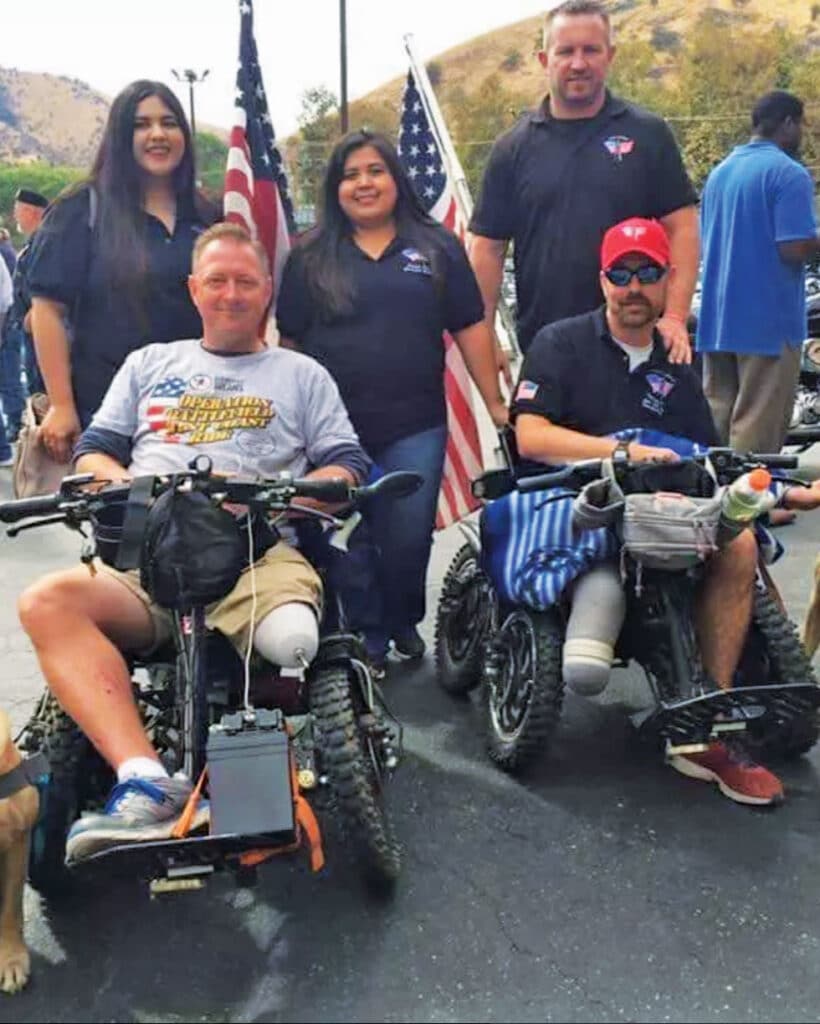
Bond has received numerous accolades, including the Purple Heart and recognition from Congress and the Senate. One of his greatest honors came when President George W. Bush painted Bond’s portrait and included it in the book “Portraits of Courage.” It now hangs in the Presidential Library.
Yet for Bond, the real reward is in saving lives.
“I was miserable when I had no mission,” he says. “Now I get up every day and know I’m making a difference. That’s what saved me. And that’s what can save them.” •
www.ourheroesdreams.org
